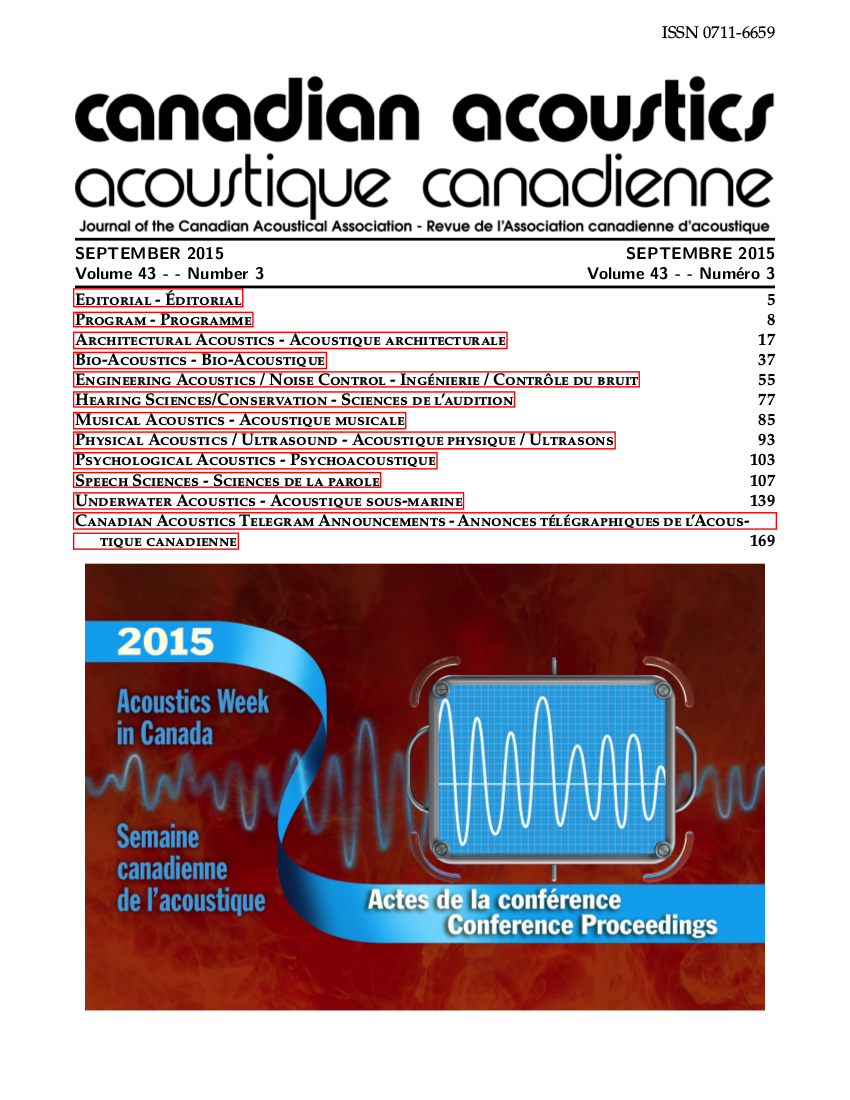Matched-field source localization with non-synchronized sensor arrays
Abstract
This paper considers combining information from multiple hydrophone arrays in matched-field source localization. Assuming each individual array is comprised of calibrated sensors which are synchronized in time, conventional matched-field methods can be applied for each array using the Bartlett (linear) processor and the resulting processors summed over arrays. However, if the relative calibration and/or time synchronization is known between some or all arrays, more informative multiple-array processors can be derived by maximum-likelihood methods. For example, if the relative calibration of the arrays is known, the observed amplitude variation of the received field between arrays provides additional information for source localization: the corresponding processor takes advantage of the fact that the source amplitude spectrum is the same (although unknown) for all arrays. Likewise, if synchronization between arrays is known, phase variation provides localization information. Various multiple-array processors are derived and evaluated in terms of the probability of correct localization from Monte-Carlo analyses. The analysis indicates that, dependent on array configurations, significant improvements in source localization performance can be achieved when including relative amplitude and/or phase information in multiple-array processors.
Additional Files
Published
How to Cite
Issue
Section
License
Author Licensing Addendum
This Licensing Addendum ("Addendum") is entered into between the undersigned Author(s) and Canadian Acoustics journal published by the Canadian Acoustical Association (hereinafter referred to as the "Publisher"). The Author(s) and the Publisher agree as follows:
-
Retained Rights: The Author(s) retain(s) the following rights:
- The right to reproduce, distribute, and publicly display the Work on the Author's personal website or the website of the Author's institution.
- The right to use the Work in the Author's teaching activities and presentations.
- The right to include the Work in a compilation for the Author's personal use, not for sale.
-
Grant of License: The Author(s) grant(s) to the Publisher a worldwide exclusive license to publish, reproduce, distribute, and display the Work in Canadian Acoustics and any other formats and media deemed appropriate by the Publisher.
-
Attribution: The Publisher agrees to include proper attribution to the Author(s) in all publications and reproductions of the Work.
-
No Conflict: This Addendum is intended to be in harmony with, and not in conflict with, the terms and conditions of the original agreement entered into between the Author(s) and the Publisher.
-
Copyright Clause: Copyright on articles is held by the Author(s). The corresponding Author has the right to grant on behalf of all Authors and does grant on behalf of all Authors, a worldwide exclusive license to the Publisher and its licensees in perpetuity, in all forms, formats, and media (whether known now or created in the future), including but not limited to the rights to publish, reproduce, distribute, display, store, translate, create adaptations, reprints, include within collections, and create summaries, extracts, and/or abstracts of the Contribution.


